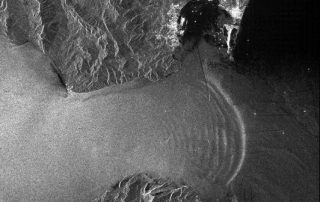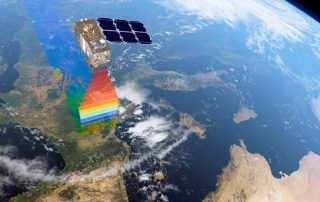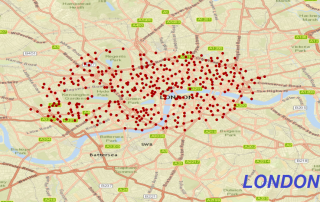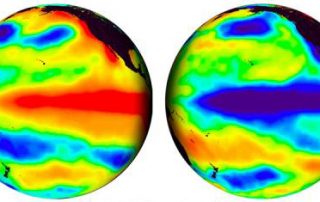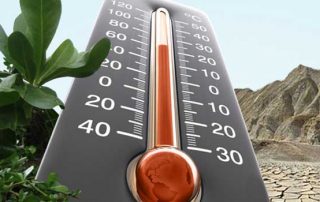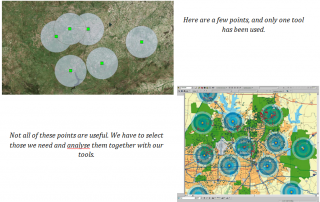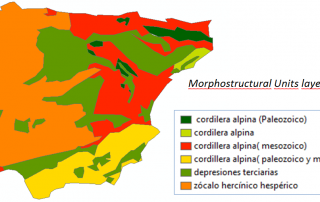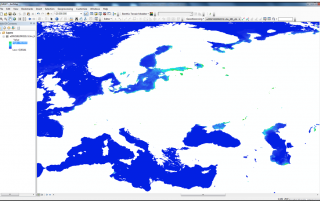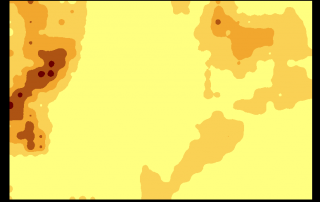Find and download the quality that fits best your data requirements (remote sensing)
The first part of every project is to find out where to download the best quality of data. In this post, we show some fundamental notions to start to look for this kind of data. […]

